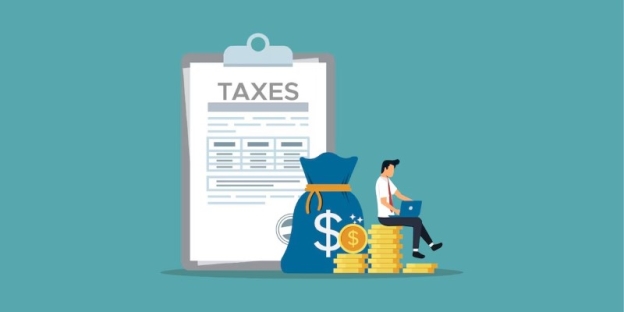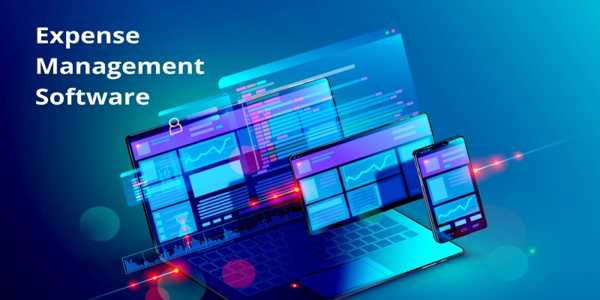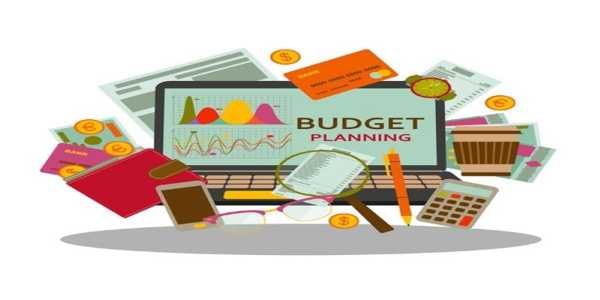How Can You File Taxes Without Hiring An Accountant
Feeling overwhelmed just thinking about tax season? Sorting through forms, digging up receipts, and worrying about missing a deadline—it can all feel like too much. So, you might be wondering: Is it even possible to file taxes without an accountant and avoid mistakes?
The good news? It's doable. With today's tools, a little patience, and some basic know-how, you can file your taxes accurately and on time—without paying hefty fees for professional help. Whether you're a full-time employee, a freelancer, or juggling multiple side gigs, this guide breaks it all down in plain language, step by step. Let's take a closer look at how to tackle your taxes the smart and simple way.
What Do You Need Before You Start Filing?
Before diving into the actual forms, let's make sure you have your paperwork in order. This is where many people get stuck—scrambling around at the last minute to find that one missing document. But gathering everything early makes the process smoother and faster.
Here’s a list of what you’ll likely need:
Personal Info
Your Social Security number (and those of any dependents).
Income Forms
W-2s from employers, 1099s from freelance work, investments, or side jobs.
Bank Account Info
For direct deposit of your refund.
Dedication/Credit Records
Student loan interest, mortgage interest, education expenses, and charitable donations.
Last Year’s Tax Return
Helpful for reference, especially if you’re using tax software.
Having all of this upfront can save you from headaches and delays later on.
Which Tax Filing Method Should You Choose?
Now that you've your documents, the next big decision is how you'll file them. No accountant means you'll need an alternative, but that doesn't mean it has to be complicated.

Option 1: Use Free Or Low-Cost Tax Software
This is the most common method for self-filers. Tools like TurboTax, TaxAct, H&R Block, and FreeTaxUSA offer easy step-by-step guidance. Many of these programs are free if you meet basic income or filing requirements. They ask you questions in plain English and automatically fill out the proper IRS forms in the background.
If your situation is straightforward—like you’re a full-time employee with a single W-2—these platforms can get you through filing in under an hour.
Option 2: Use The IRS Free File
If your income is below a certain threshold (typically around $79,000), the IRS offers free filing tools through its Free File program. Trusted software partners run these tools and provide guided preparation, similar to commercial software.
Option 3: Paper Filing (Only If You’re Really Into That)
Yes, you can still fill out physical forms and mail them to the IRS. But unless you're a tax veteran or filing a straightforward return, it's usually more effort than it's worth. Mistakes are harder to correct, and refunds take longer to arrive.
What Are The Common Tax Forms You Should Know?
Even if you're using software, understanding the forms helps you feel in control. And in case something looks off, you’ll have a better chance of spotting it early.
Form 1040
This is the standard individual tax return. Almost everyone uses it, and most tax software is designed to facilitate the completion of this form.
W-2
Your employer gives this to you. It displays your total earnings and the amount of tax that has already been withheld.
1099s
These come in many flavours—1099-NEC for freelance work, 1099-DIV for dividend income, 1099-INT for bank interest, etc.
Schedule C
If you're self-employed, this form is used to report business income and expenses.
Schedule A
For itemising deductions, though many people take the standard deduction instead.
Each form has a clear purpose. You may only need a few, depending on your income sources and deductions.
Can You Still Claim Deductions And Credits?
Absolutely—and this is one of the best parts of filing yourself. With a bit of knowledge, you can make sure you're not leaving money on the table.

Here are a few common deductions and credits you might qualify for:
Standard Deduction
Most people take this unless their itemised deductions are greater than the standard deduction.
Education Credits
If you or a dependent is in college, you may qualify for the American Opportunity or Lifetime Learning credit.
Earned Income Tax Credit (EITC)
Designed to support low to moderate-income workers. Many eligible people miss this.
Child Tax Credit
Helps families with children significantly reduce their tax bill.
Student Loan Interest Deduction
Even if you don't itemise, you can still deduct up to a certain amount of interest paid.
Tax software usually flags these opportunities automatically. But it doesn’t hurt to check if you're eligible for any extra savings.
What About Filing As A Freelancer Or Side Hustler?
More people than ever have side gigs—whether it's freelance writing, ride-sharing, tutoring, or selling online. If that's the case, there are a few additional steps to take.
Here’s where things can get tricky:
You'll need to report all income, even if no one sends you a 1099.
You can deduct business expenses. Items such as office supplies, software, mileage, or even a portion of your home (if you work from home) may be eligible for reimbursement.
You'll have to pay self-employment tax. This covers Social Security and Medicare, which your employer typically splits with you.
A tool like QuickBooks Self-Employed or a good spreadsheet can help you track income and expenses throughout the year, so you’re not scrambling when it’s time to file.
How Can You Avoid Costly Mistakes?
Mistakes in your tax return can lead to delays, audits, or fines. However, you don't need a professional to avoid them—you need to slow down and pay attention.
Some common errors to avoid:
Incorrect Social Security numbers
Misspelled names
Math errors (software helps with this)
Forgetting to sign your return
Not reporting all income
Double-checking everything—even if you're using tax software—can save you time and Stress later.
Ready To File Your Taxes On Your Own?
Filing taxes without an accountant isn't just possible—it's empowering. Once you've gone through the process, you'll realise it's more manageable than you thought. The key is being prepared, choosing the right tools, and taking it one step at a time.
Whether you're an employee with one W-2 or juggling multiple freelance gigs, doing your taxes can help you understand your finances better—and maybe even get a bigger refund. And hey, if you get stuck, most tax software comes with built-in support or upgrade options. But chances are, once you've done it once, you'll wonder why you didn't start sooner. So roll up your sleeves, grab those forms, and take charge of tax season—on your terms.







